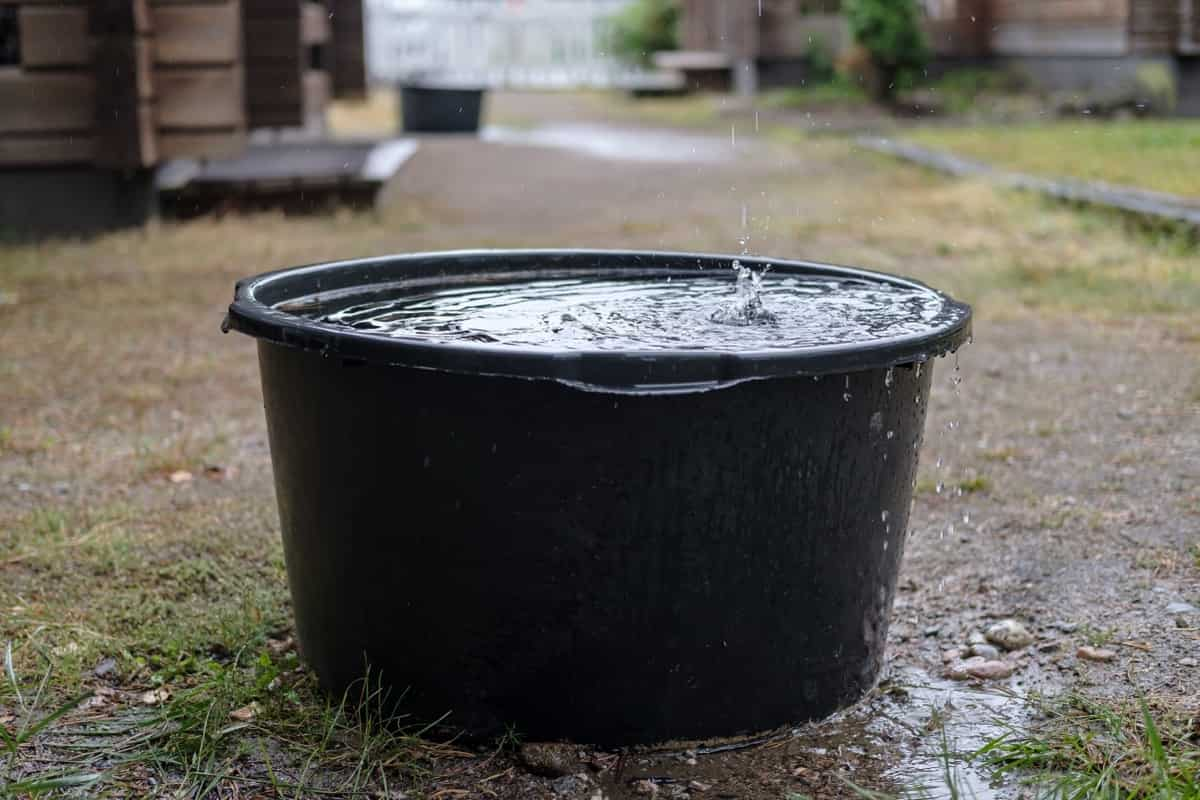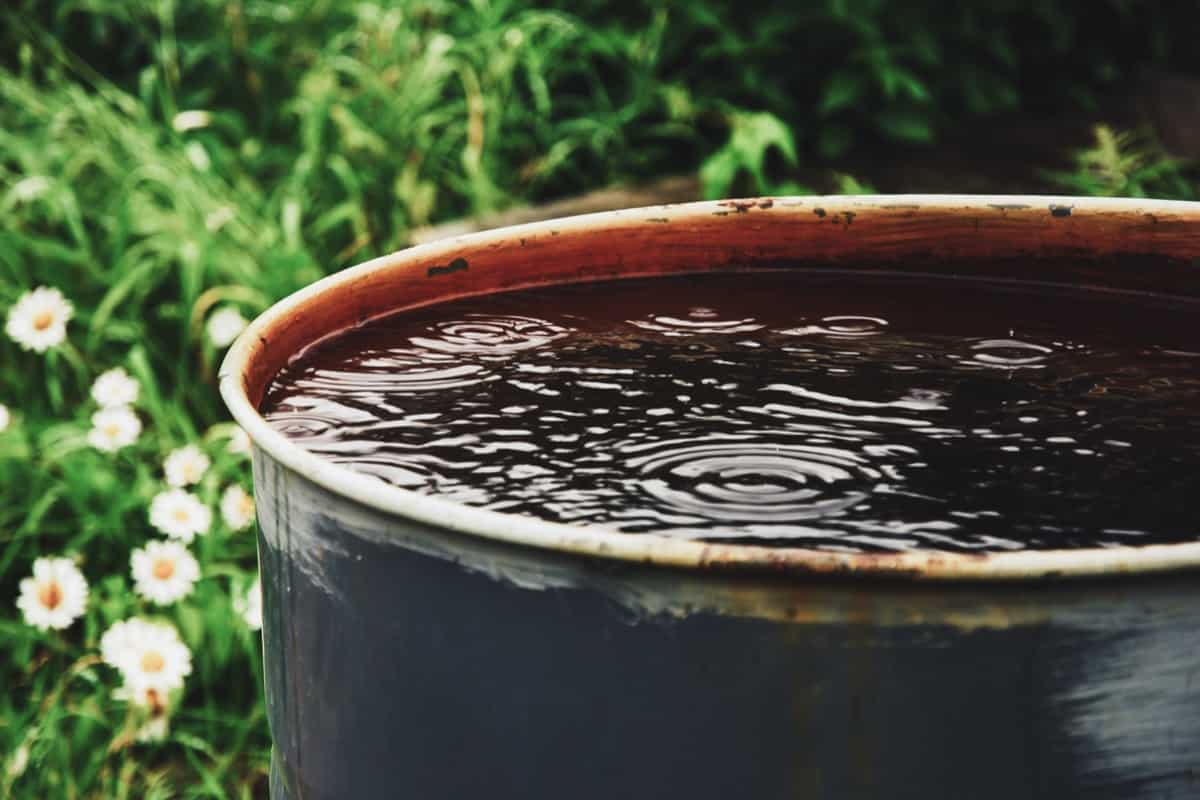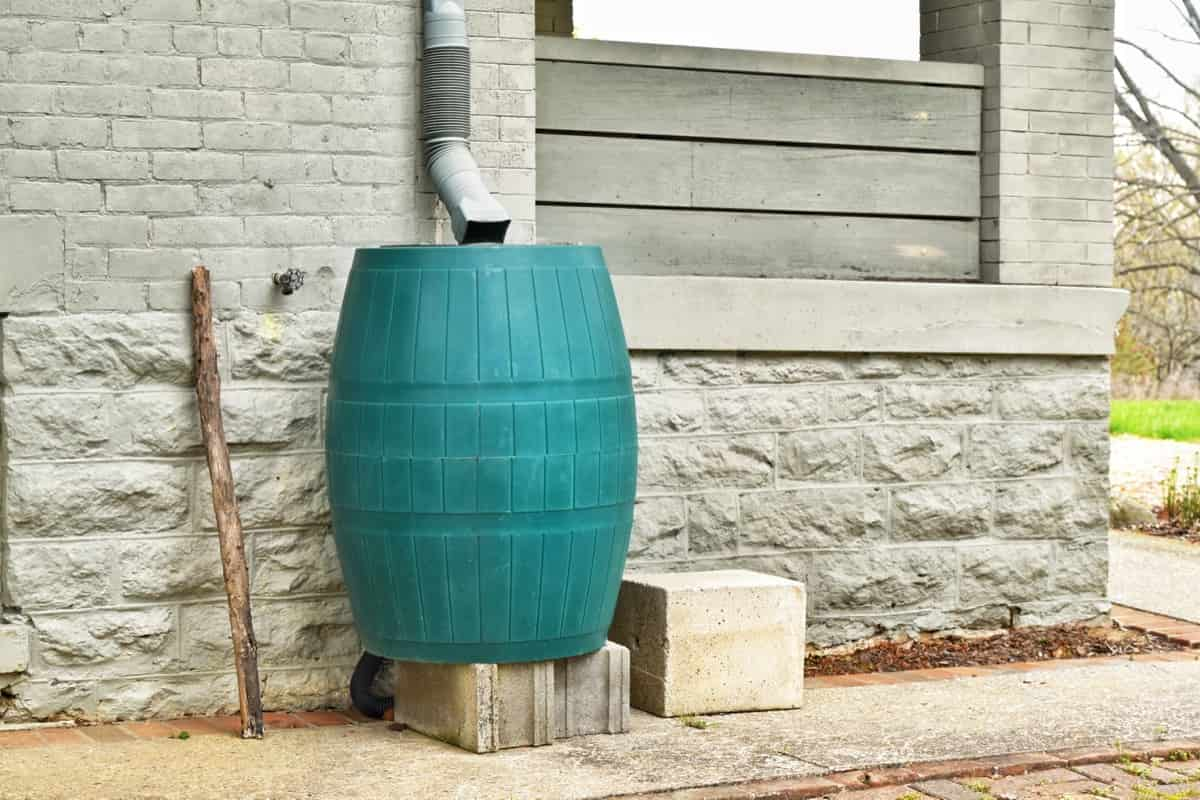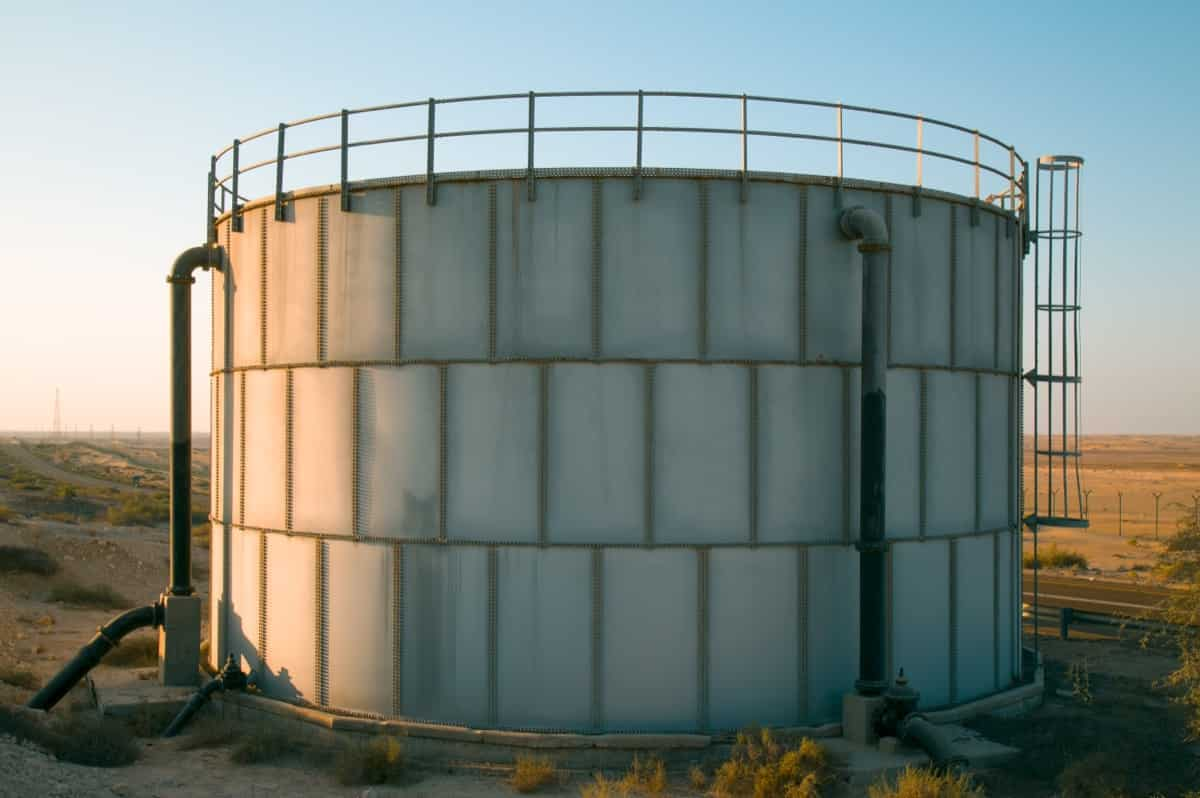In light of the growing water scarcity, water collecting is essential. The top 20 water-collecting methods are revealed in this compilation, which includes both traditional methods and cutting-edge technologies. These techniques maximize the potential of nature and show the amazing interplay between human inventiveness and environmental management. Investigate these several strategies for protecting the most valuable resource in our world.
What is Water Harvesting?
Techniques for collecting and managing rainfall and surface runoff sustainably are referred to as water harvesting techniques. These cutting-edge techniques are crucial in solving the global problem of water scarcity. Water collecting has advanced dramatically, from the crude rain barrels of ancient civilizations to contemporary, complex systems like rain gardens, swales, and rooftop harvesting.

Optimizing precipitation collecting, storage, and distribution while reducing environmental impact is complicated. These methods encourage water conservation, improve groundwater recharge, and reduce flooding, making them essential instruments in the fight for climate resilience and water resource sustainability. This introduction highlights the complex interaction between technology and nature in safeguarding our future access to water.
Benefits of Water Harvesting Techniques
- Reduced flooding: Water collection helps varied ecosystems by supplying water to nearby flora and fauna, preserving ecological harmony.
- Water Quality Improvement: Collected rainwater is frequently cleaner and less polluted than surface water, making it appropriate for various non-potable uses.
- Energy Savings: Rainwater harvesting systems utilize less energy than energy-intensive water extraction and delivery methods, which lowers greenhouse gas emissions.
- Financial savings: Households and businesses can reduce water costs using collected rainwater for non-drinking uses.
- Climate resilience: Water collection helps to increase climate resilience by guaranteeing a steady water supply despite shifting weather patterns.
- Community empowerment: Small-scale rainwater collection devices give communities the power to manage their water supply and lessen their reliance on centralized utilities.
- Water Access in Remote Areas: Water harvesting can give people in remote or underserved areas access to clean water, enhancing their quality of life.
- Urban Green Spaces: Implementing water harvesting in urban areas supports green infrastructure and urban gardening, promoting healthier cities.
- Reduced Water Stress: As population growth increases water demand, water harvesting helps alleviate stress on municipal water supplies.
In case you missed it: Different Types of Growing Mediums for DWC: Deep Water Culture Hydroponics

Top 19 Water Harvesting Techniques
Percolation Pit Method
- Recharge trench method: Size: 0.5 to 1 m broad Shape: longitudinal, similar to a recharging pit 1–1.5 meters deep. Length may range from 1.0 to 5.0 kilometers, filled with pebbles and shattered bricks. Sand-filled subsoil areas are suitable.
- Recharge trench with bore method: Drilling boreholes along the recharging trench is necessary. 10–15 foot intervals between holes appropriate for a clay area. The above structures are intended for areas with significant catchments, such as apartment buildings or huge complexes. RCC slab cover is not required. Sand could be used to fill the top (1″) part.
Bore Well With The Settlement Tank Method
Rainwater from the roof may alternatively be directed toward a bore well. There must be a settlement or filter tank that is the required size. It is possible to direct overflow water to a nearby percolation pit. Bore well recharge rates are less efficient than those of open wells. Old bore wells could also be used. Using PVC pipes and a filter chamber, rainwater from the terrace is directed to the nearby open well. The filter chamber must be at least 2″ x 2″ x 2″, with sand on top and broken bricks at the bottom. RCC slabs may be used to cover the chamber.
Percolation Pit with Bore Well Method
- Percolation pit method: built in the open area at necessary intervals. 1 x 1 x 1.5 m (depth) in size filled with pebbles or shattered bricks. One unit for a 300 square foot area, suitable for sandy subsoil.
- Percolation pit with bore method: A hole will be dug at the percolation pit’s bottom. Size of the borehole: 150–300 mm, with a depth of 10–15 meters (approx.). Bricks that are broken inside. Appropriate for a clay area.
Rain Barrels
Rainwater collection involves placing a barrel at a gutter downspout, either new or repurposed. Barrels are accessible in neighborhoods, shops, and online and can be used in any setting due to their small size. However, they typically hold 50-100 gallons and can cause waste collection and easy spills. Despite these drawbacks, barrels offer a convenient and affordable solution for rainwater collection.
In case you missed it: Ultimate Guide to Greenhouse Irrigation and Water Management

Dry Systems
This rain barrel setup requires more storage space and drains directly into the tank after each rain event, effectively drying the collection pipe. It’s ideal for regions with intense storms and offers low implementation costs and a simpler system. However, it requires placing the storage tank next to your residence.
Atmospheric Water Generators (AWGs)
Modern technologies called Atmospheric Water Generators (AWGs) use moisture extracted from the air to create clean, drinkable water. These systems are crucial in areas with limited access to clean water because they use cutting-edge condensation and filtration technologies to produce a sustainable source of freshwater. AWGs can offer a dependable and environmentally responsible option for tackling water scarcity challenges by utilizing the natural humidity in the atmosphere, helping to build sustainable and resilient future for communities worldwide.
Wet Systems
Using this technique, the underground collection pipes must link numerous downspouts from various gutters. Rainwater will overflow into the tank after filling the subsurface piping and rising in the vertical pipes. Watertight connections must be made between the subsurface collection piping and the downspouts. The tank inlet’s elevation must be lower than the house’s lowest gutter.
- Pros: the capacity to gather from your whole collection surface. Multiple gutters and downspouts can be used to collect water. The tank can be placed far from your house.
- Cons: Underground piping makes implementation more expensive; A sufficient distance between gutters and tank inlets is required.
Rooftop Rainwater Harvesting
An environmentally friendly water management method is called “Rooftop Rainwater Harvesting” (RTRWH). Rainwater from rooftops is collected, directed through pipes and gutters, and stored in tanks or cisterns for various uses. Numerous advantages of RTRWH include water conservation, a decreased dependency on mains supply, and fewer urban floods.
In case you missed it: How to Start Watermelon Radish Farming: A Step-by-Step Growing Guide

Efficient filtration and purification systems ensure water purity. RTRWH is especially helpful in desert areas since it encourages independence and environmental responsibility. Implementation may need to follow regional laws and professional advice for best results.
Surface Runoff Harvesting
A sustainable water management method called surface runoff harvesting includes catching rainfall as it runs off the earth’s surface. It is essential for managing water resources, particularly in arid areas. Advanced technologies, including contour farming, check dams, and permeable pavements, ensure accuracy and complexity.
These systems effectively absorb, manage, and store runoff, which lessens soil erosion and increases the amount of water available for drinking, agricultural, and ecological needs. Surface runoff harvesting is essential for achieving water security and reducing impact of climate change because of the complex engineering and hydrological factors.
Micro-catchment Systems
Complex hydrological systems, known as micro-catchment systems, are created for the sustainable management of water resources. They comprise small, carefully sculpted land sections that absorb rainfall and direct it to irrigation or storage facilities. Micro-catchments maximize water retention and reduce runoff using topographic information and soil analysis.
This technique encourages effective farming methods in arid areas, increasing food yields and halting desertification. Micro-catchment systems are an excellent example of ecohydrology principles since they use native vegetation and environmentally friendly practices, encouraging biodiversity while protecting water resources for future generations.
Subsurface Dams
Innovative water management systems subsurface dams store and regulate groundwater flow. These dams are made up of underground trenches or impermeable barriers used to catch and store groundwater. Subsurface dams accurately improve water supply for agriculture, prevent saltwater intrusion, and replenish aquifers. They are an environmentally favorable solution because they use less land and less evaporation. Geological and hydrogeological research are incorporated into its detailed design and construction to solve water scarcity and sustainable resource management effectively.
Ferrocement Tanks
Ferrocement tanks are innovative structures used for rainwater harvesting. They consist of a thin layer of cement mortar reinforced with layers of mesh or metal. These tanks offer high durability and resistance to corrosion, making them ideal for long-term water storage. Their complex design allows for precise control of water quality and minimizes contamination. Ferrocement tanks are known for efficiently collecting and storing rainwater, providing a sustainable and reliable water source in various regions. They require skilled construction due to their intricate structure, ensuring optimal functionality and longevity.
In case you missed it: Key Rules to Maintain Water Quality in Aquaculture: Parameters, Management, Effects of Water Quality on Fish Growth

Fog Harvesting
An inventive and environmentally friendly way to gather moisture from the air is through fog harvesting. Fog or mist droplets are captured using specialized mesh structures called fog collectors. These droplets build up on the mesh, generating larger droplets of water that can be collected and used for various things, such as drinking water or irrigation of crops. In arid and fog-prone areas, fog harvesting provides a reliable source of freshwater while showing the complexity of nature’s capacity to address problems associated with water scarcity.
Desalination
Desalination is a process that extracts salt and impurities from seawater, and making suitable for human consumption and agriculture. Advanced desalination techniques, like reverse osmosis and distillation, utilize intricate membrane systems and energy-intensive processes. This complex technology requires precise engineering and significant energy inputs.
The growing global demand for freshwater has spurred innovation in desalination, with researchers exploring sustainable and energy-efficient methods, including solar desalination and forward osmosis. Achieving a high degree of accuracy in desalination processes is vital to ensure clean, potable water production while minimizing environmental impacts.
Solar Water Distillation
Solar water distillation is a sustainable and energy-effective way to extract fresh water from salty or contaminated sources. It works by heating water with solar energy, which causes it to evaporate and condense as clean water vapor. By successfully removing pollutants, the method produces potable water.
Advanced systems achieve high precision in water purification by incorporating multi-stage distillation and upgraded materials. Due to use and environmental friendliness, this eco-friendly technology holds much promise for tackling water scarcity challenges, particularly in dry locations.
Artificial Recharge of Aquifers
Artificial Recharge of Aquifers is a crucial water management technique involving the deliberate replenishment of underground aquifers to enhance groundwater resources. High-precision methods, like injection wells and percolation ponds, ensure efficient water harvesting. These techniques require meticulous planning and monitoring, utilizing advanced hydrogeological data, hydrological models, and state-of-the-art instrumentation. Achieving high accuracy in artificial recharge is vital for sustainable water supply, mitigating droughts, and preserving ecosystems, making it a cornerstone of modern water resource management.
Check Basin Farming
A water-efficient farming method is check basin farming, commonly called furrow-check farming. It entails forming tiny depressions or basins in the ground, frequently with high ridges between them. By collecting and storing rainwater, these basins reduce runoff and soil erosion. Farmers use these basins to plant crops, which optimizes water use and lowers evaporation. This technique helps enhance agricultural yields while reducing water waste and is particularly effective in arid areas. Check basin farming encourages effective water management, which supports resilient and long-lasting agricultural methods.
Rain Gardens
Eco-friendly landscaping elements called rain gardens are used to control runoff from rainfall. They successfully lessen flooding and runoff pollution while boosting local biodiversity. These gardens can collect and filter rainwater because they comprise carefully chosen native plants and absorbent soil. In this procedure, contaminants are allowed to settle, water flow is slowed, and groundwater recharge is encouraged. Rain gardens are a sustainable and attractive way to manage excess rainwater because they reduce environmental impact and improve metropolitan areas’ aesthetics.
In case you missed it: DIY Home Remedies to Control Diseases in Home Garden: Recipe Preparation and Use for Organic Benefits

Treadle Pumps
Treadle pumps are human-powered irrigation devices widely used in low-resource agricultural settings. They consist of two treadles connected to a piston within a cylinder. When users step on the treadles alternately, the piston moves, drawing water from a source like a well or a river and delivering it to crops through a hose or pipe. Treadle pumps are efficient, affordable, and environmentally friendly, significantly enhancing crop yields and rural livelihoods while reducing the labor-intensive aspects of manual irrigation techniques.
Conclusion
Innovative water harvesting methods, crucial for sustainable water management, include rainwater harvesting, permeable pavements, and fog harvesting. These techniques harness natural processes to capture, store, and distribute water efficiently. Embracing diverse strategies enhances water security, conserves resources, and mitigates the impact of water scarcity.
- Modern Sheep Farming Technology: The Future of Sheep Husbandry
- Goat Farming Technology: The Future of Goat Husbandry
- How to Build a Low-budget Goat Shed: Cheap Ideas and Tips
- Goat Farming Training Programs in India: A Beginner’s Guide
- Types of Pesticides Used in Agriculture: A Beginner’s Guide
- Economical Aquaculture: A Guide to Low-Budget Fish Farming
- 15 Common Planting Errors That Can Doom Your Fruit Trees
- How to Make Houseplants Bushy: Effective Tips and Ideas
- Innovative Strategies for Boosting Coconut Pollination and Yield
- Pollination Strategies for Maximum Pumpkin Yield
- The Complete Guide to Chicken Fattening: Strategies for Maximum Growth
- Natural Solutions for Tulip Problems: 100% Effective Remedies for Leaf and Bulb-Related Issues
- Revolutionizing Citrus Preservation: Towards a Healthier, Greener Future
- Natural Solutions for Peony Leaf and Flower Problems: 100% Effective Remedies
- Maximizing Profits with Avocado Contract Farming in India: A Comprehensive Guide
- Natural Solutions for Hydrangea Problems: 100% Effective Remedies for Leaf and Flowers
- The Ultimate Guide to Choosing the Perfect Foliage Friend: Bringing Life Indoors
- From Sunlight to Sustainability: 15 Ways to Use Solar Technology in Agriculture
- The Ultimate Guide to Dong Tao Chicken: Exploring from History to Raising
- The Eco-Friendly Makeover: How to Convert Your Unused Swimming Pool into a Fish Pond
- Mastering the Art of Delaware Chicken Farming: Essentials for Healthy Backyard Flocks
- 20 Best Homemade Fertilizers for Money Plant: DIY Recipes and Application Methods
- How to Craft a Comprehensive Free-Range Chicken Farming Business Plan
- Brighten Your Flock: Raising Easter Egger Chickens for Beauty and Bounty
- How to Optimize Your Poultry Egg Farm Business Plan with These Strategies
- Subsidy for Spirulina Cultivation: How Indian Government Schemes Encouraging Spirulina Farmers
- Ultimate Guide to Raising Dominique Chickens: Breeding, Feeding, Egg-Production, and Care
- Mastering the Art of Raising Jersey Giant Chickens: Care, Feeding, and More
- Ultimate Guide to Raising Legbar Chickens: Breeding, Farming Practices, Diet, Egg-Production
- How to Raise Welsummer Chickens: A Comprehensive Guide for Beginners
- How to Protect Indoor Plants in Winter: A Comprehensive Guide
- Ultimate Guide to Grow Bag Gardening: Tips, Tricks, and Planting Ideas for Urban Gardeners
- Guide to Lotus Cultivation: How to Propagate, Plant, Grow, Care, Cost, and Profit
- Agriculture Drone Subsidy Scheme: Government Kisan Subsidy, License, and How to Apply Online
- Ultimate Guide to Raising Araucana Chickens: Breed Profile, Farming Economics, Diet, and Care
- Bringing Hydroponics to Classroom: Importance, Benefits of Learning for School Students